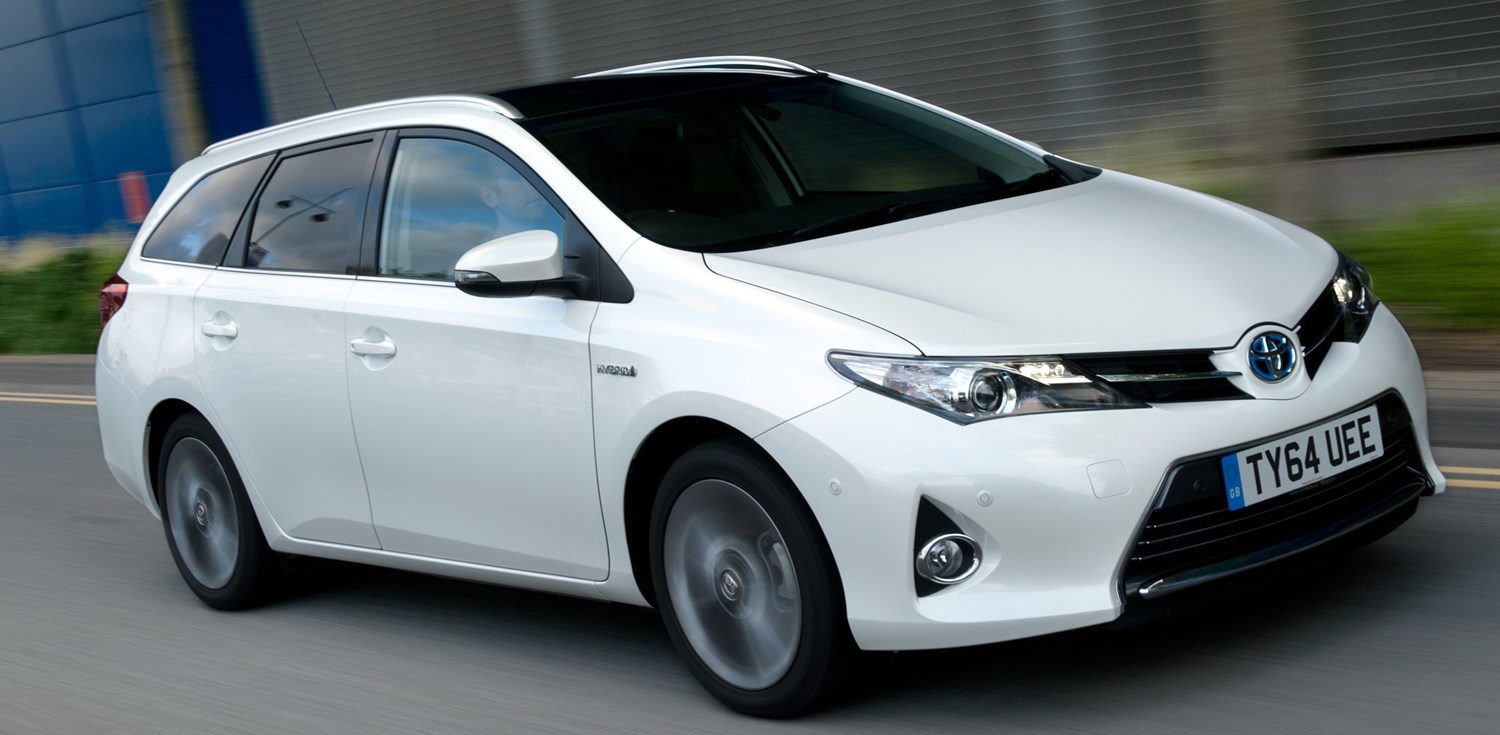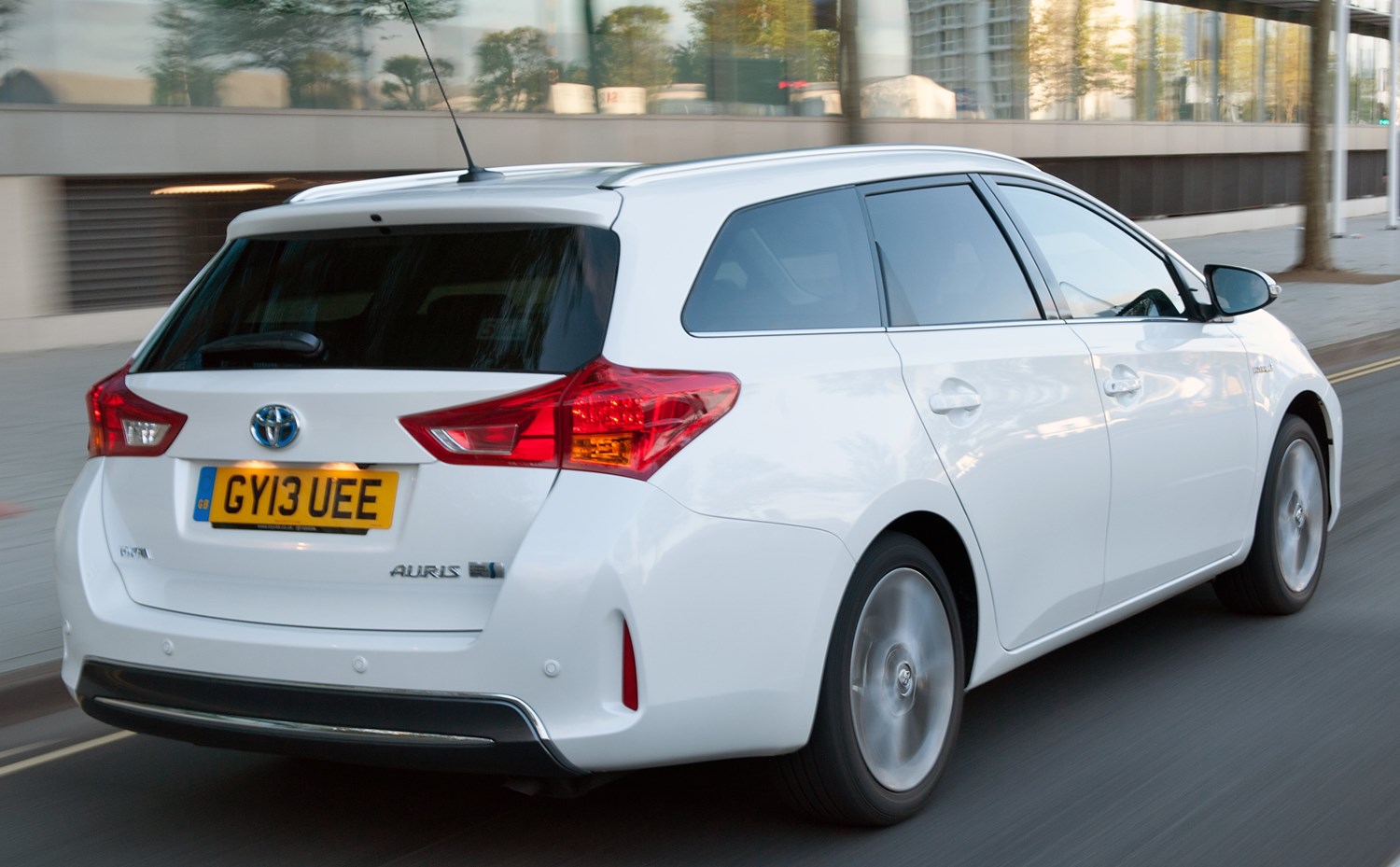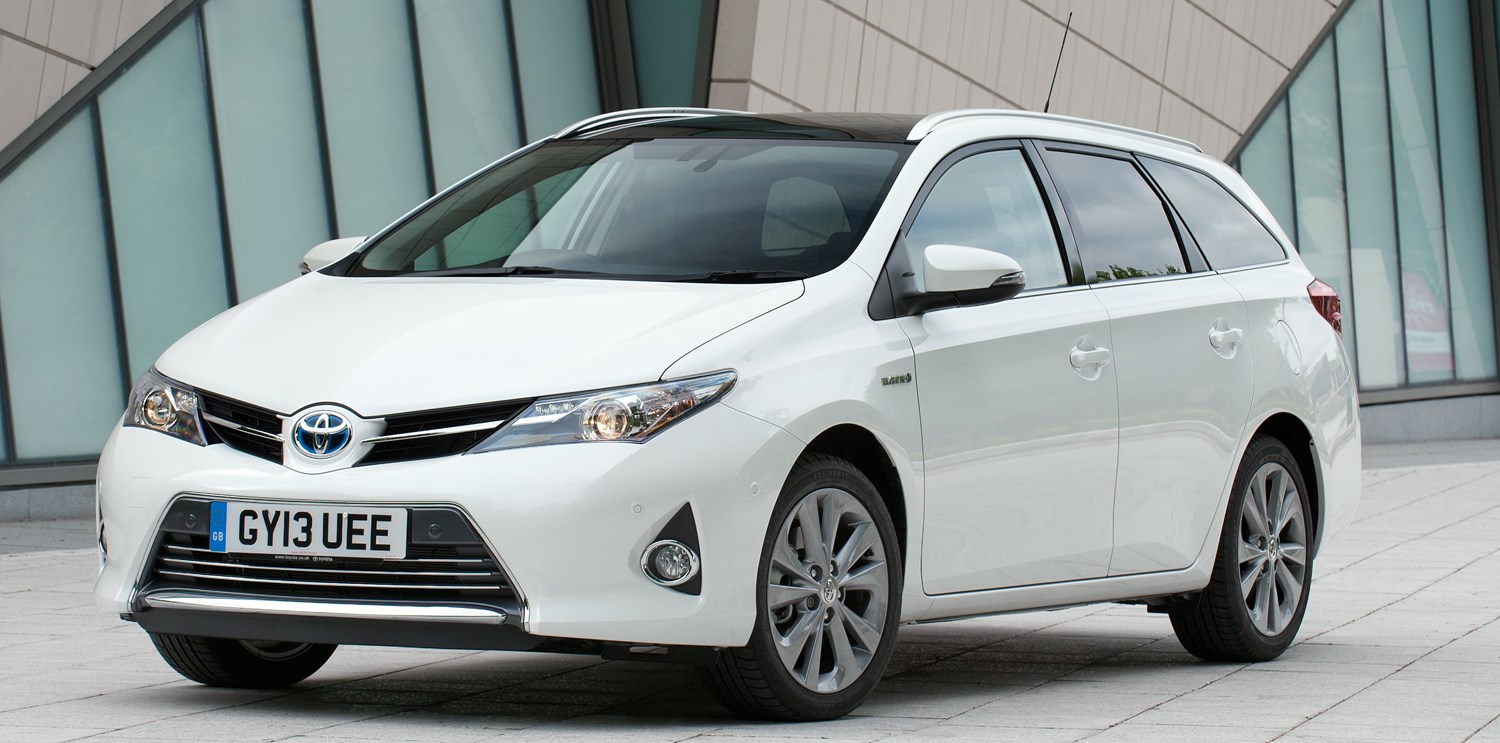Latest model
A facelifted version of the Auris went on sale towards the end of 2015, with a fresh face and extra chrome – adopting the front end from the rest of Toyota’s range.
For 2018, Toyota did make the odd change. It dropped the Active trim level in place of a new Icon model. Other trim levels also received minor equipment changes and upgrades, too.
Value for money
The Auris Hybrid does cost lightly more than the equivalent petrol or diesel versions, but the savings you will be able to gain from the hybrid will soon recoup this saving. Prices for the hybrid start at £22,955, while the estate model costs from £23,495.
It’s reasonably well-equipped with standard kit including automatic air-conditioning, LED DRLs, Bluetooth, 16-inch alloy wheels and a reversing camera.
Prices for the first-generation Auris Hybrid start from as little as £5,000, although you’re realistically looking at around £6,500 for an early car with around 60,000 miles. For the latest version prices start at around £9,000, with facelifted versions starting from £13,000. We saw a 2016 car for sale with 35,000 miles for £13,300 – a substantial saving off a new model.
As for the estate, prices start from around £11,000 for a 2013 car with relatively low miles.
Looks and image
The Auris is not a particularly exciting car. It is mundane to look at on both the inside and outside, and isn’t exactly inspiring to drive. The Auris Hybrid is clearly based around the philosophy of comfort and reliability.
It is perfectly to the city, where it’s easy to drive and quite comfortable. Unfortunately it completely lacks all driver appeal, and the extra weight for the battery pack and electric motor dulls the experience even more, as it’s not exactly a good car to drive even when fitted with a petrol or diesel engine. The steering lacks feel, too, which doesn’t inspire confidence. That said, the most spirited driving it is ever likely to encounter is when a taxi driver is behind the wheel.
The CVT gearbox is frustrating to use, though, as it holds onto revs for far longer than you would want. It also makes you question how you would actually obtain the car’s fuel consumption could be met in any driving. Unfortunately, this is the only gearbox offered in the Auris Hybrid.
It’s very comfortable, too, and is a smooth and relaxing car to travel in, even more so in hybrid guise.
While the Auris does feel well put together, the materials used are not pleasant or inspiring in any way, and do make the cabin feel exceptionally dull. Neat touches such as the digital clock, air vents and touchscreen do add a touch of flair, though.





